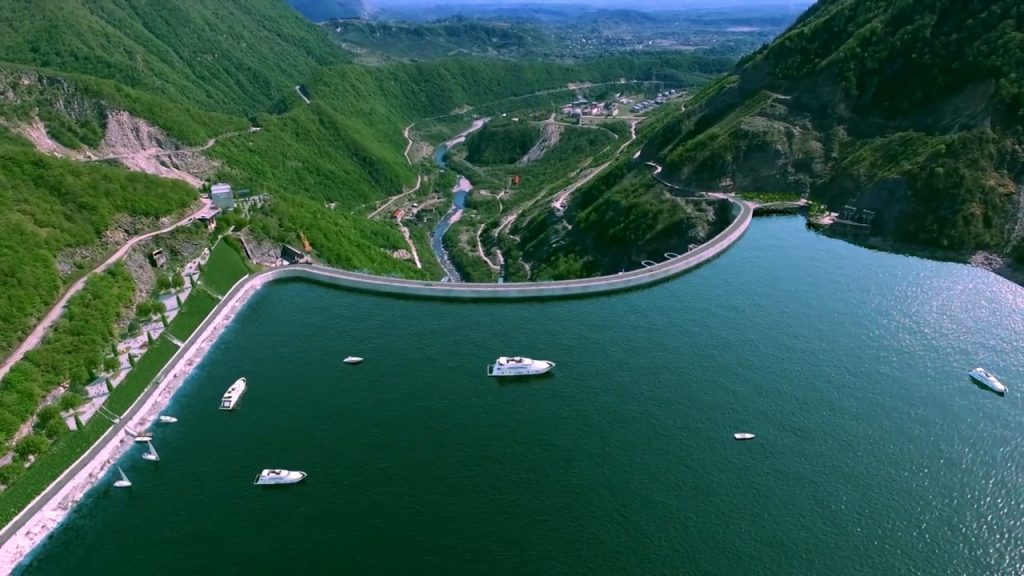PRIVACY POLICY
Effective date: 2020-04-23
1. Introduction
Welcome to Reformatics LLC.
Reformatics LLC operates reformatics.com (hereinafter referred to as “Website).
Our Privacy Policy governs your visit to reformatics.com, and explains how we collect, safeguard and disclose information that results from your use of our Website.
We use your data to provide and improve Website. By using Website, you agree to the collection and use of information in accordance with this policy. Unless otherwise defined in this Privacy Policy, the terms used in this Privacy Policy have the same meanings as in our Terms and Conditions.
Our Terms and Conditions (“Terms”) govern all use of our Website and together with the Privacy Policy constitutes your agreement with us (“agreement”).
2. Definitions
PERSONAL DATA means data about a natural person who can be identified from those data (or from those and other information either in our possession or likely to come into our possession).
USAGE DATA is data collected automatically either generated by the use of Website or from Website infrastructure itself (for example, the duration of a page visit).
COOKIES are small files stored on your device (computer or mobile device).
DATA CONTROLLER means a natural or legal person who (either alone or jointly or in common with other persons) determines the purposes for which and the manner in which any personal data are, or are to be, processed. For the purpose of this Privacy Policy, we are a Data Controller of your data.
DATA PROCESSORS (OR SERVICE PROVIDERS) means any natural or legal person who processes the data on behalf of the Data Controller. We may use the services of various Service Providers in order to process your data more effectively.
DATA SUBJECT is any living individual who is the subject of Personal Data.
THE USER is the individual using our Website. The User corresponds to the Data Subject, who is the subject of Personal Data.
3. Information Collection and Use
We collect several different types of information to improve our Website.
4. Types of Data Collected
Personal Data
While using our Website, we may ask you to provide us with certain personally identifiable information that can be used to contact or identify you (“Personal Data”). Personally identifiable information may include, but is not limited to:
4.1. Email address
4.2. First name and last name
4.3. Phone number
4.4. Address, Country, State, Province, ZIP/Postal code, City
4.5. Cookies and Usage Data
We may use your Personal Data to contact you with newsletters, marketing or promotional materials and other information that may be of interest to you. You may opt out of receiving any, or all, of these communications from us by following the unsubscribe link.
Usage Data
We may also collect information that your browser sends whenever you visit our Website or when you access Website by or through any device (“Usage Data”).
This Usage Data may include information such as your computer’s Internet Protocol address (e.g. IP address), browser type, browser version, the pages of our Website that you visit, the time and date of your visit, the time spent on those pages, unique device identifiers and other diagnostic data.
When you access Website with a device, this Usage Data may include information such as the type of device you use, your device unique ID, the IP address of your device, your device operating system, the type of Internet browser you use, unique device identifiers and other diagnostic data.
Tracking Cookies Data
We use cookies and similar tracking technologies to track the activity on our Website and we hold certain information.
Cookies are files with a small amount of data which may include an anonymous unique identifier. Cookies are sent to your browser from a website and stored on your device. Other tracking technologies are also used such as beacons, tags and scripts to collect and track information and to improve and analyze our Website.
You can instruct your browser to refuse all cookies or to indicate when a cookie is being sent. However, if you do not accept cookies, you may not be able to use some portions of our Website.
5. Use of Data
Reformatics LLC uses the collected data for various purposes:
5.1. to provide and maintain our Website;
5.2. to notify you about changes to our Website;
5.3. to allow you to participate in interactive features of our Website when you choose to do so;
5.4. to provide customer support;
5.5. to gather analysis or valuable information so that we can improve our Website;
5.6. to monitor the usage of our Website;
5.7. to detect, prevent and address technical issues;
5.8. to fulfil any other purpose for which you provide it;
5.9. in any other way we may describe when you provide the information;
5.10. for any other purpose with your consent.
6. Retention of Data
We will retain your Personal Data only for as long as is necessary for the purposes set out in this Privacy Policy. We will retain and use your Personal Data to the extent necessary to comply with our legal obligations (for example, if we are required to retain your data to comply with applicable laws), resolve disputes, and enforce our legal agreements and policies.
We will also retain Usage Data for internal analysis purposes. Usage Data is generally retained for a shorter period, except when this data is used to strengthen the security or to improve the functionality of our Website, or we are legally obligated to retain this data for longer time periods.
7. Transfer of Data
Your information, including Personal Data, may be transferred to – and maintained on – computers located outside of your state, province, country or other governmental jurisdiction where the data protection laws may differ from those of your jurisdiction.
If you are located outside Georgia and choose to provide information to us, please note that we transfer the data, including Personal Data, to Georgia and process it there.
Your consent to this Privacy Policy followed by your submission of such information represents your agreement to that transfer.
Reformatics LLC will take all the steps reasonably necessary to ensure that your data is treated securely and in accordance with this Privacy Policy..
8. Disclosure of Data
We may disclose personal information that we collect, or you provide:
8.1. Disclosure for Law Enforcement.
Under certain circumstances, we may be required to disclose your Personal Data if required to do so by law or in response to valid requests by public authorities.
8.2. Business Transaction.
If we or our subsidiaries are involved in a merger, acquisition or asset sale, your Personal Data may be transferred.
8.3. Other cases. We may disclose your information also
8.3.1. to our subsidiaries and affiliates;
8.3.2. to contractors, service providers, and other third parties we use to support our business;
8.3.3. to fulfill the purpose for which you provide it;
8.3.4. with your consent in any other case
8.3.5. if we believe disclosure is necessary or appropriate to protect the rights, property, or safety of the Company, our customers, or others.
9. Security of Data
The security of your data is important to us but remember that no method of transmission over the Internet or method of electronic storage is 100% secure. While we strive to use commercially acceptable means to protect your Personal Data, we cannot guarantee its absolute security.
10. Service Providers
We may employ third party companies and individuals to facilitate our Website (“Service Providers”), perform Website-related services or assist us in analyzing how our Website is used
These third parties have access to your Personal Data only to perform these tasks on our behalf and are obligated not to disclose or use it for any other purpose.
11. Analytics
We may use third-party Service Providers to monitor and analyze the use of our Website.
12. CI/CD tools
We may use third-party Service Providers to automate the development process of our Website.
13. Behavioral Remarketing
We may use remarketing services to advertise on third party websites to you after you visited our Website. We and our third-party vendors use cookies to inform, optimize and serve ads based on your past visits to our Website.
14. Links to Other Sites
Our Website may contain links to other sites that are not operated by us. If you click a third party link, you will be directed to that third party’s site. We strongly advise you to review the Privacy Policy of every site you visit.
We have no control over and assume no responsibility for the content, privacy policies or practices of any third party sites or services.
15. Changes to This Privacy Policy
We may update our Privacy Policy from time to time. We will notify you of any changes by posting the new Privacy Policy on this page.
We will let you know via email , prior to the change becoming effective and update “effective date” at the top of this Privacy Policy.
You are advised to review this Privacy Policy periodically for any changes. Changes to this Privacy Policy are effective when they are posted on this page.
16. Contact Us
If you have any questions about this Privacy Policy, please contact us by email: info@reformatics.com.


